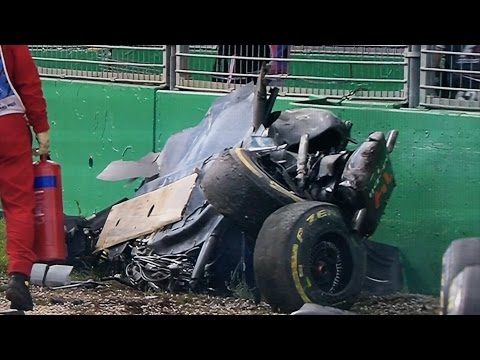Formula 1, the most expensive branch of motorsport, is also the safest. After this weekend’s crash at the Australian Grand Prix, we take a look at the recent safety innovations that help save drivers’ lives in the case of an accident.
F1 Safety – How Technology Allows Drivers to Walk Away from High-Speed Crashes
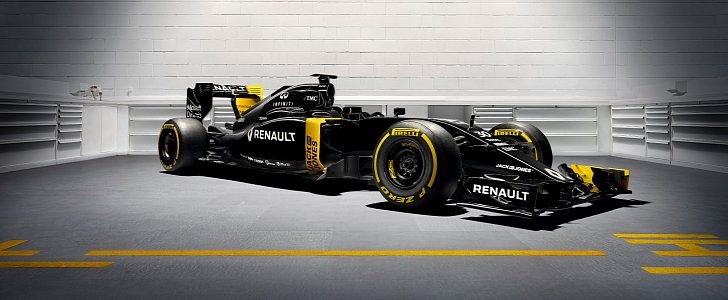
Since all Formula 1 races are held on tracks and with high-performance vehicles, the speeds that these single-seaters achieve are astonishing.
As Fernando Alonso said, pilots “sometimes forget that they are driving at 300 km/h,” a situation that turns any minor crash into a much bigger collision.
Fortunately for the Spanish driver and the world of motorsport, the accident in the 2016 Formula 1 Australian Grand Prix was nothing more than “a racing incident.” The term was used by Alonso to describe the situation and shows us how lucky modern F1 drivers are that the FIA has strict safety regulations.
After all, without these regulations, drivers would not have the confidence to drive the open-wheel single seaters as fast as they do today, because they would fear for their lives.
Thankfully, safety innovations from Formula 1 have trickled into other branches of motorsport, and some of them even ended up in production vehicles. However, do not go crashing your MY 2016 car into another vehicle at “Formula 1 speeds” just because some enhancements have been implemented, as road cars are not as safe as F1 single-seaters in the case of an accident.Formula 1 was not always safe
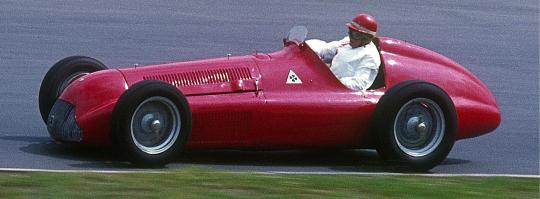
The first safety measures were introduced in Formula 1 about a decade after the first race took place. Flag signals were established three years later, as were the first vehicle fire prevention systems in fuel tank construction. These have trickled down to production cars.
Since 1963, F1 drivers are required to wear fireproof suits. The first driver to use a full-face helmet was Dan Gurney, in 1968, while practicing for the British Grand Prix. Since the beginning of safety measures in this sport, there has been a focus on getting the driver out of the cockpit quickly and preventing fire. The year 1972 brought the introduction of headrests and red rear lights, as well as mandatory six-point seatbelts.
In 1980, permanent medical centers at circuits became compulsory, three decades after the first Formula 1 race. Just a year before this, drivers like Niki Lauda, Carlos Reutemann, and Mario Andretti started competing in five-layer overalls made of fireproof material, similar to the ones used by NASA.
The 1990s led to the introduction of the official Formula One safety car, crash tests for security elements used on the single seaters, as well as detachable steering wheels, and other changes to improve driver, pit crew, and steward safety. Safety for the 21st century
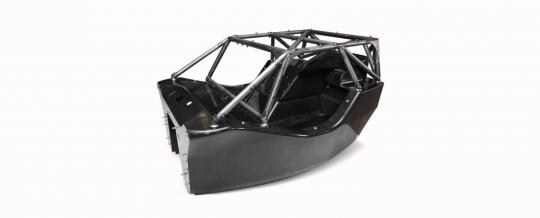
Introduced in 1981 on the starting grid by the McLaren F1 team, the “closed survival cell” known as the monocoque was invented by Colin Chapman back in the 1960s. However, modern monocoques feature a multi-material design to ensure the highest level of safety possible with an open cockpit.
As Alonso’s safety cell proved, the entire area dedicated to the protection of the driver survived the impact, as did its occupant, while the rest of the vehicle was destroyed.
In the year 2000, Kevlar fiber was introduced as a compulsory material inside the cockpit walls to resist penetration from foreign objects. Three years later, the HANS system became mandatory for all drivers. The latter was introduced in 2001, but is now recommended in all forms of motorsport to prevent against whiplash injury.
A safety committee composed of former Formula 1 drivers was formed to help stewards in making decisions relating to race incidents, and three FIA stewards attend every Grand Prix to ensure the safety regulations are being carefully followed.
In 2011, the FIA prescribed minimum dimensions for roll-over bars in Formula 1 cars. The tethering system of the wheels was also enhanced to prevent tires and wheels from flying on the track after an impact. Another important safety innovation took place in helmet regulations, with the inclusion of a Zylon strip across the top of the visor.
The Zylon strip doubled the impact performance of Formula 1 helmets by enhancing the weakest point of this vital safety equipment, the polycarbonate visor.
Two years before this rule was introduced, Felipe Massa suffered a skull fracture in qualifying for the 2009 Hungarian GP after a spring from Barrichello’s rear suspension struck him in the head while he was driving at approximately 175 MPH (281 km/h). Just like Alonso, Massa lived to tell the tale, and is still racing. However, the Brazilian was knocked unconscious at the time and had to undergo emergency surgery.
Zylon is a synthetic polymer which has a tensile strength 1.6 times greater than Kevlar. It is also used in Martian rovers, tennis racquets, snowboards, and in various medical applications. Formula 1 mandated that all cockpits must have anti-penetrations panels made of Zylon starting with 2007.F1 safety and production cars
As with road-going cars, the safety of Formula 1 cars consists of a mixture of elements that work together to protect the occupant. The common elements between road cars and race cars are seatbelts and crumple zones.
While F1 cars have mandatory six-point safety belts, road cars have three-point seatbelts. Both can be unlatched with one hand by the driver, ensuring easy exit after an accident, as well as simplified use in day-to-day situations. Either way, buckle up every time you get in a car, no matter how short the trip or how safe the vehicle is.
Crumple zone do exactly what their name says they do. These are “areas of sacrifice” on the body of a vehicle that will absorb the forces of an impact to limit the forces the occupant is subjected to. Sure, F1 single seaters are more advanced than that, but they work using the same idea.
Helmets in Formula 1 and motorsport, in general, have led to the improvement of safety devices sold to the public. While you do not have to wear a helmet in a car, a cyclist or motorcyclist must use one, as even a small speed impact in which the head is injured can lead to death.
Thankfully, safety standards imposed by the FIA and FIM (this is the FIA’s equivalent in the world of motorcycling) have trickled the solutions devised for racing to the customer market. So, remember, never use a helmet t
hat has been dropped, always buckle your helmet strap correctly, and do not skimp when buying a new helmet.
If there is a shot for someone to survive an accident without a seatbelt on, the situation is not similar if you are a motorcyclist, so please wear an appropriate helmet. Also, no, those “skull caps” are not suitable for anything more than cosplay.
Fire protection is another element that has improved significantly in both racing and production vehicles over the last 60 years. While racing cars have push-activated fire extinguishers on board (the marshals can activate those remotely nowadays), modern production cars have specific fuel tanks meant to prevent leaks even in a high-speed impact, and the entire fuel supply system shuts off automatically when an impact is detected.
F1 drivers of today are safer than ever, and we hope the innovations used for them will soon be employed in other areas of motorsport, as they already are adopted in the World Rally Championship. What F1 safety systems cannot be employed in modern production cars?
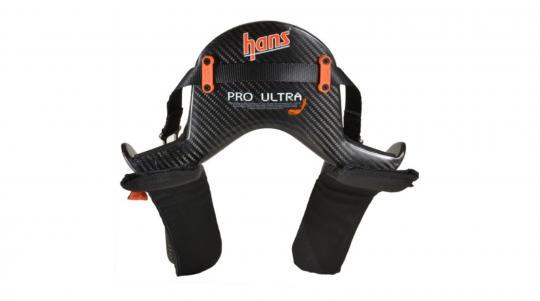
First of all, the six-point safety harness. While it is the highest standard in automotive safety, it cannot be applied in production vehicles used on the road because of its complexity, along with the significant limitation of motion it poses.
The same goes for the HANS system, a brilliant solution for protecting the necks of drivers that use it and a life saver in the case of an accident. Because it requires a helmet and limits range of motion, it is also impossible for road use. There is no need to mention helmets, but airbags do the trick in modern cars instead.
The second system is the seat itself. F1 drivers use seats that are crafted in the shape of their bodies (and have a strict diet to stay lean). Their seats allow the removal of the driver after an impact without moving the occupant, thus avoiding spinal injury. Naturally, these only go for open-cockpit vehicles, as other forms of motorsport require opening the doors to reach the driver. There is no way we will see this in production automobiles.
The safety cage is a concept that has been successfully employed in production vehicles, but not in the same shape as in Formula 1 cars, and not with the same materials. However, the McLaren P1 does feature a crash protection cell so efficient that the vehicle does not require a roll cage to be used in motorsport application, so exclusive hypercars do have a bit more Formula 1 technology in them. Regular production vehicles do not go that far, as their prices would go through the roof. Fernando Alonso's accident at the 2016 Australian Grand Prix
